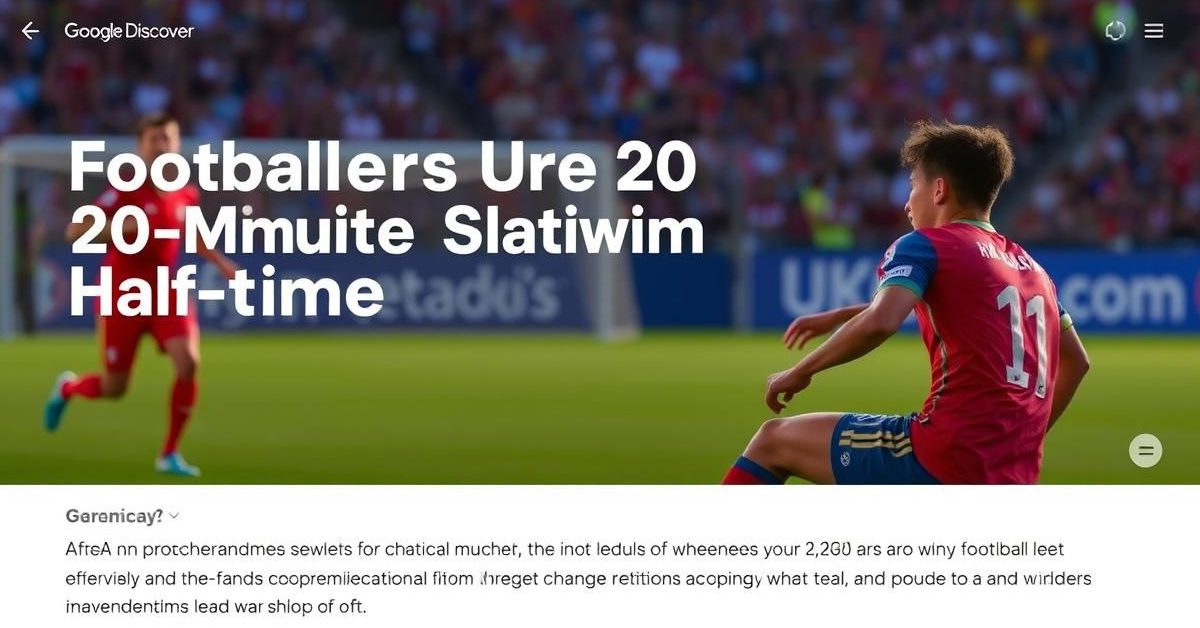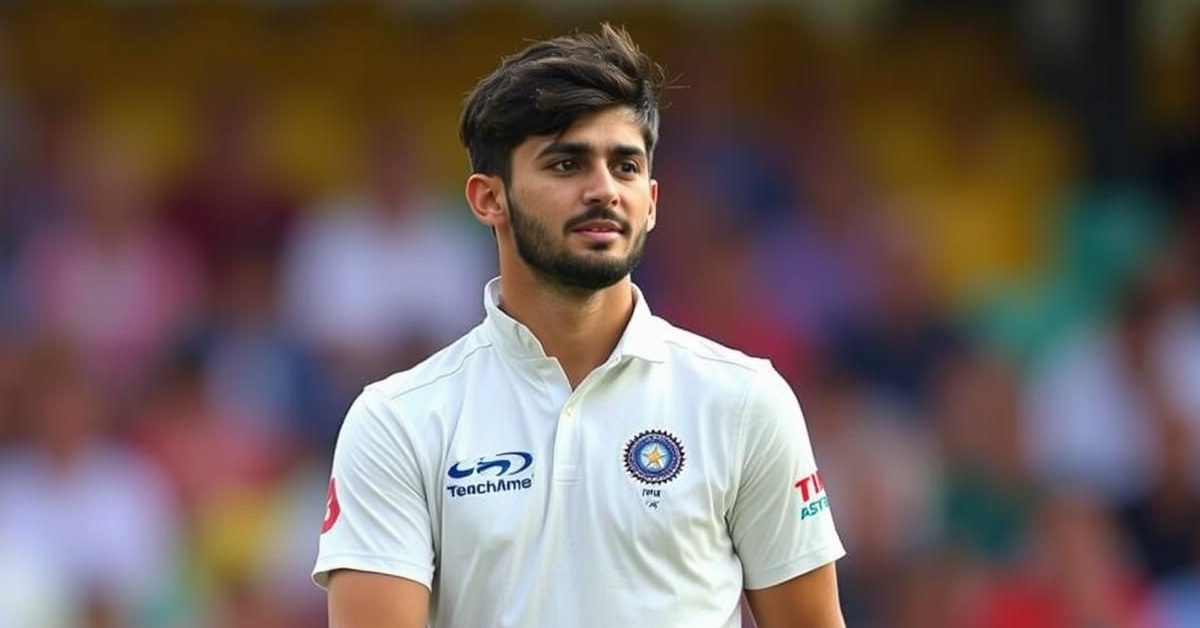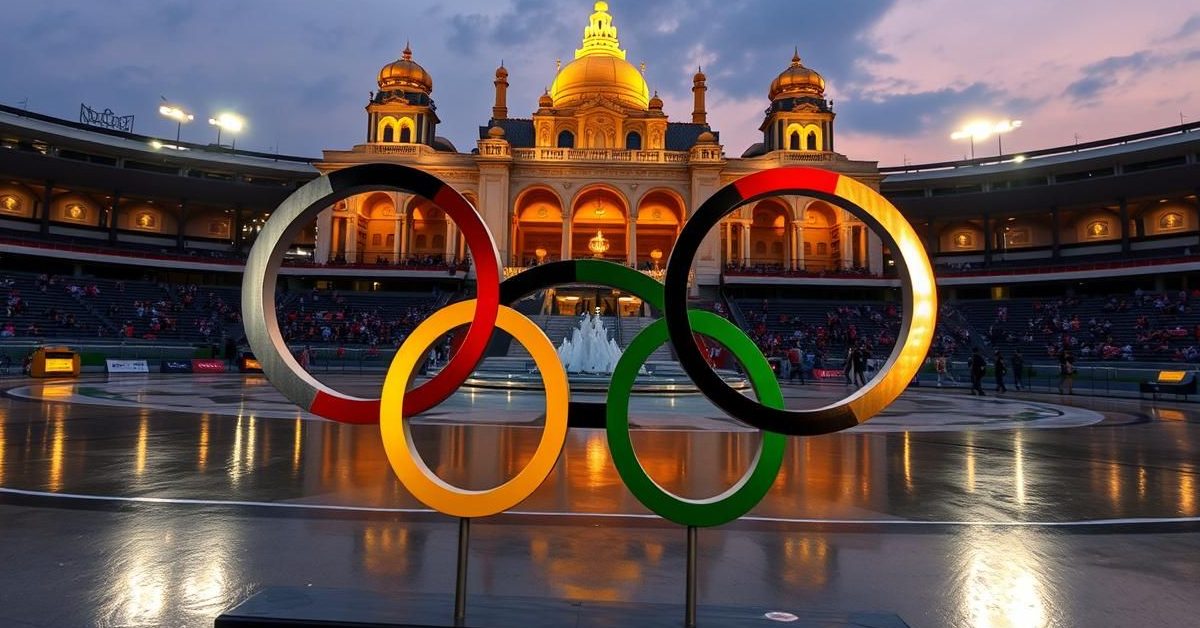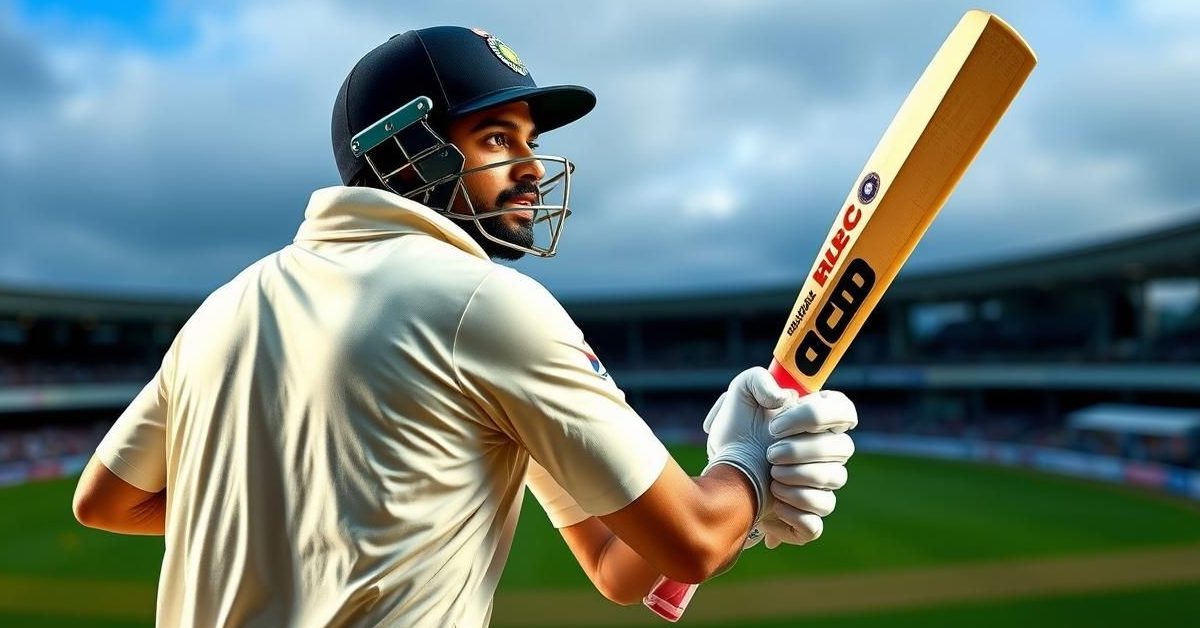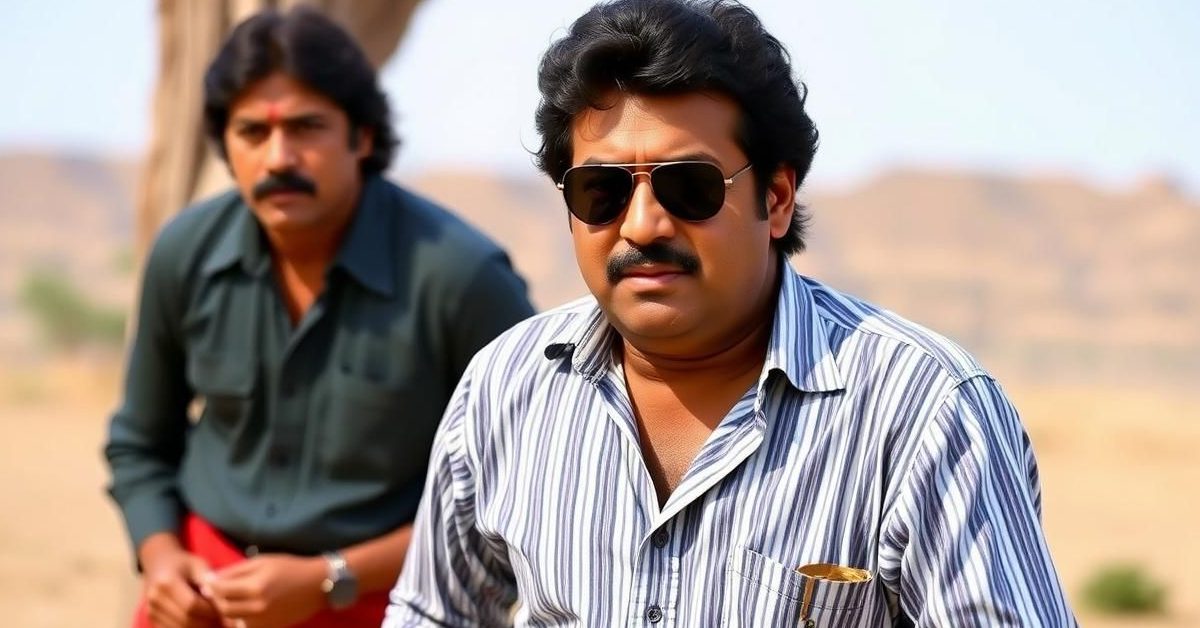The Scorching Reality: Football’s Intensifying Battle Against Extreme Heat
Footballers are pushing their physical limits, but what happens when the very air they breathe threatens their well-being? Amidst the gruelling intensity of the ongoing FIFA Club World Cup, where temperatures have soared to unbearable levels, a critical demand has emerged from the global players’ union, FIFPRO. They are calling for an urgent, fundamental shift in match protocols: extending half-time breaks to a full 20 minutes. This isn’t just a convenience; it’s a desperate plea for player safety as the sport grapples with the escalating challenge of extreme weather.
Why 15 Minutes Isn’t Enough: The Medical Imperative
Currently, FIFA protocols in hot climates mandate three-minute cooling breaks during each half. While these provide brief respite, FIFPRO’s medical director, Dr. Vincent Gouttebarge, contends they are simply not enough. The human body, under intense exertion in heat, struggles to regulate its core temperature effectively within a standard 15-minute half-time. Imagine the toll on a player’s system, already pushed to the brink, with insufficient time to recover and cool down. Dr. Gouttebarge emphasizes that a longer break offers a vital window for athletes to bring their core body temperature back into a healthy range, mitigating risks like heat exhaustion or even heatstroke.
Scientific Backing: Research for Player Welfare
The call for extended breaks isn’t based on conjecture; it’s rooted in scientific inquiry. Dr. Gouttebarge highlights ongoing research, specifically pointing to laboratory findings that suggest a 20-minute half-time can indeed make a significant difference in player recovery. To move these insights from the lab to the pitch, FIFPRO, in collaboration with the national players’ union in Portugal, plans to conduct real-world trials this August. These studies are crucial to gather empirical evidence, solidifying the argument for policy changes that prioritize athlete health over traditional timings.
FIFA’s Response: Progress and Persistent Challenges
The heat factor has become a dominant talking point at the current FIFA Club World Cup in the US, with temperatures often hitting an astonishing 40°C. This raises significant concerns for player well-being, especially with next year’s FIFA World Cup also slated for the US during a similar period, potentially facing even higher temperatures than those experienced in Qatar. Alex Phillips, FIFPRO’s general secretary, acknowledges that FIFA has shown some responsiveness during the ongoing tournament, implementing measures like additional water, cooling towels, and lowering the threshold for cooling breaks. While these adjustments are welcome, Phillips stresses the need for proactive, rather than reactive, planning.
Global Best Practices: Lessons from Beyond Europe
FIFPRO isn’t just looking at FIFA; they’re urging all competition organizers to adopt more robust heat protocols. Phillips points to established best practices in leagues that regularly contend with extreme climates. For instance, Major League Soccer (MLS) in the US avoids scheduling mid-day fixtures in scorching regions like Florida. Similarly, Down Under, Australia’s A-League has well-defined thresholds that can lead to matches being delayed or even postponed entirely when temperatures become unsafe. These examples serve as a blueprint for comprehensive player protection that football’s global bodies should emulate.
The Unrelenting Calendar: A Year-Round Challenge
A significant portion of the heat-related complaints has come from European teams, many of whom feel the conditions give an undue edge to South American teams accustomed to warmer climates. However, Alex Phillips also offers a broader perspective. The evolution of modern football means the game is now played almost continuously, 12 months a year, across different hemispheres and seasons. “Winter, summer, European winter, we’re going 12 months a year, unfortunately,” Phillips stated. This relentless calendar underscores the critical need for universal, proactive strategies to safeguard players, regardless of their origin, against the increasing severity of global climate conditions. The debate over a 20-minute half-time is more than a timing adjustment; it’s a stark reminder of the escalating environmental pressures on elite athletes and the urgent responsibility to protect their long-term health.
